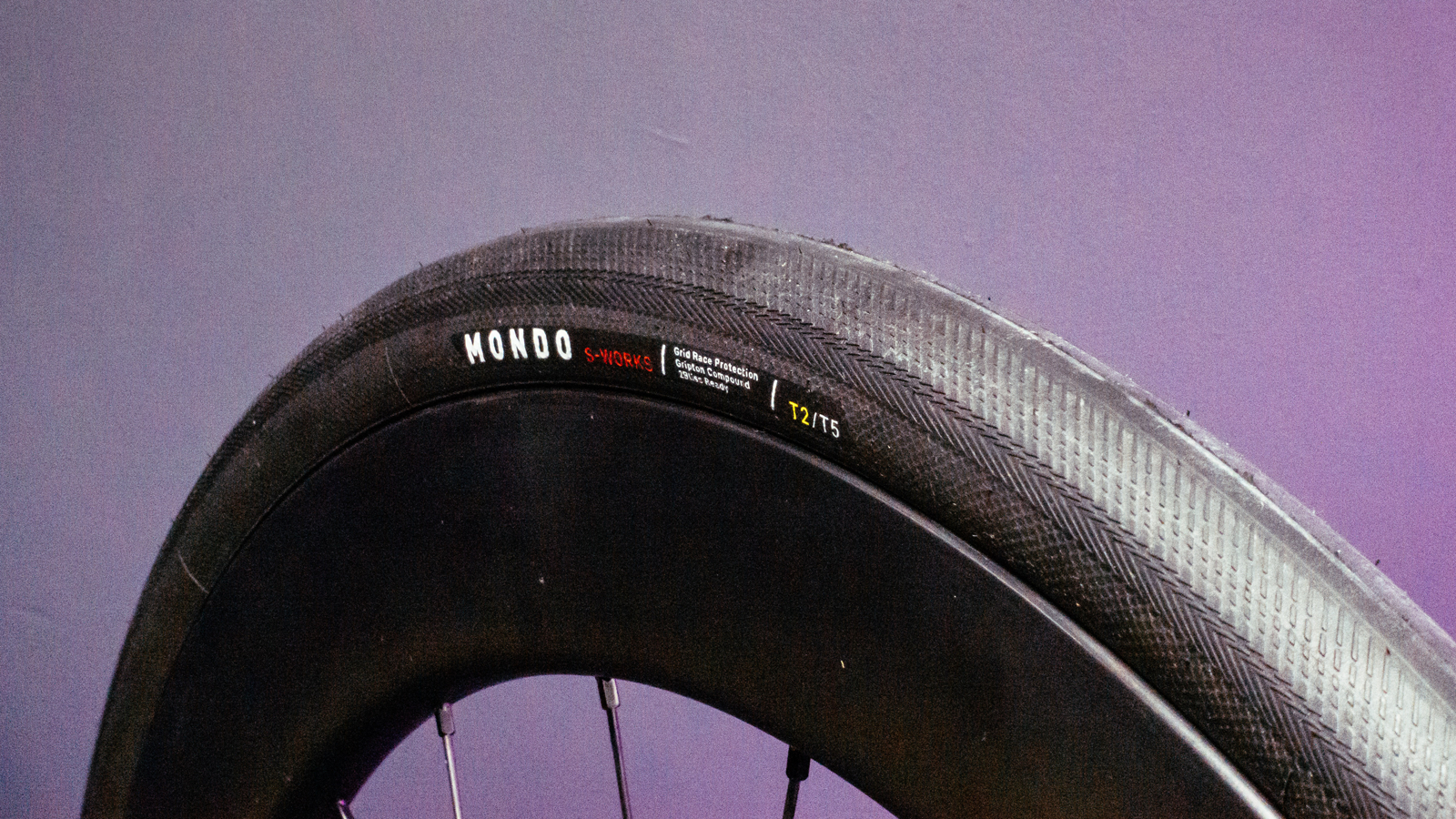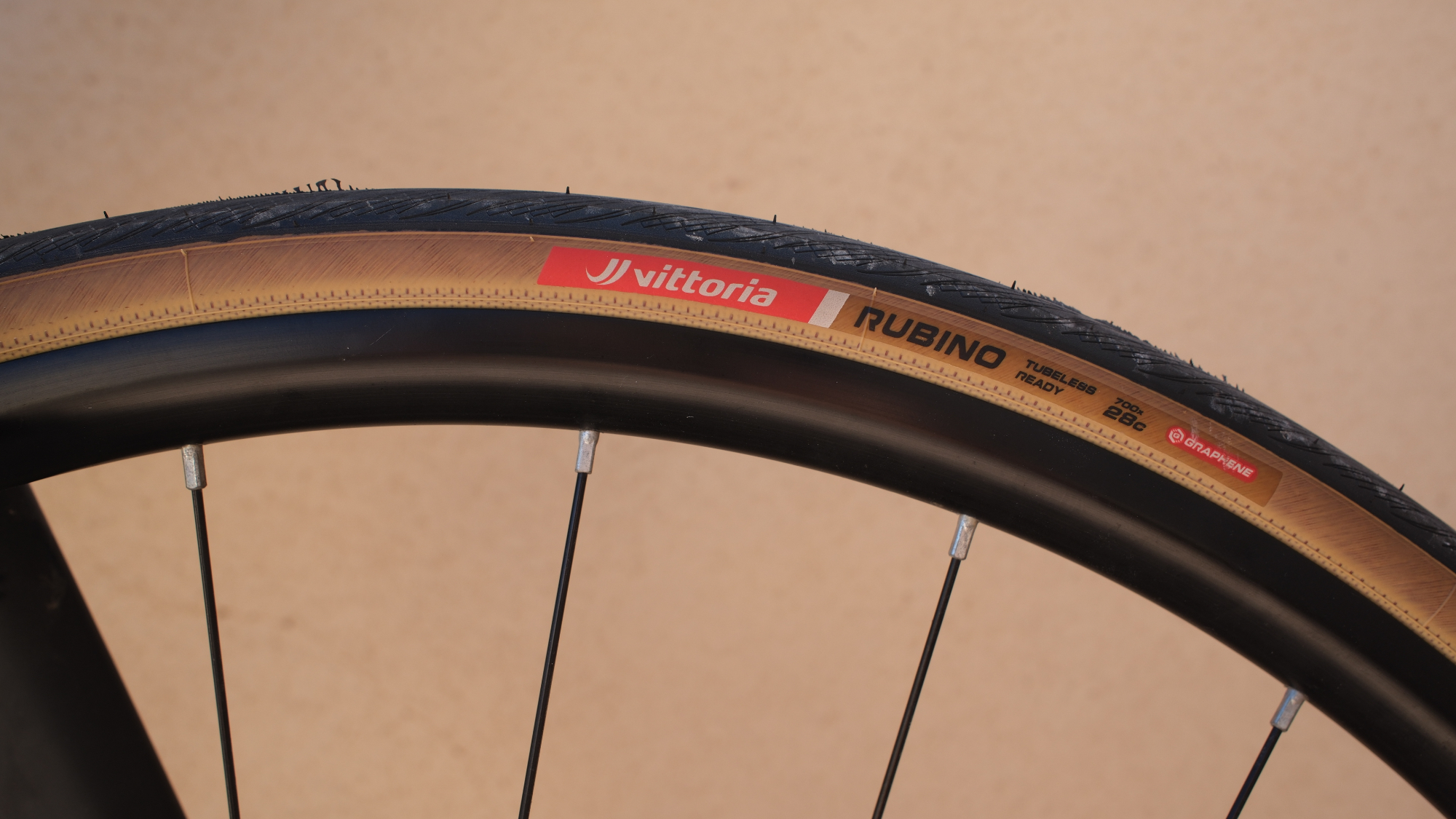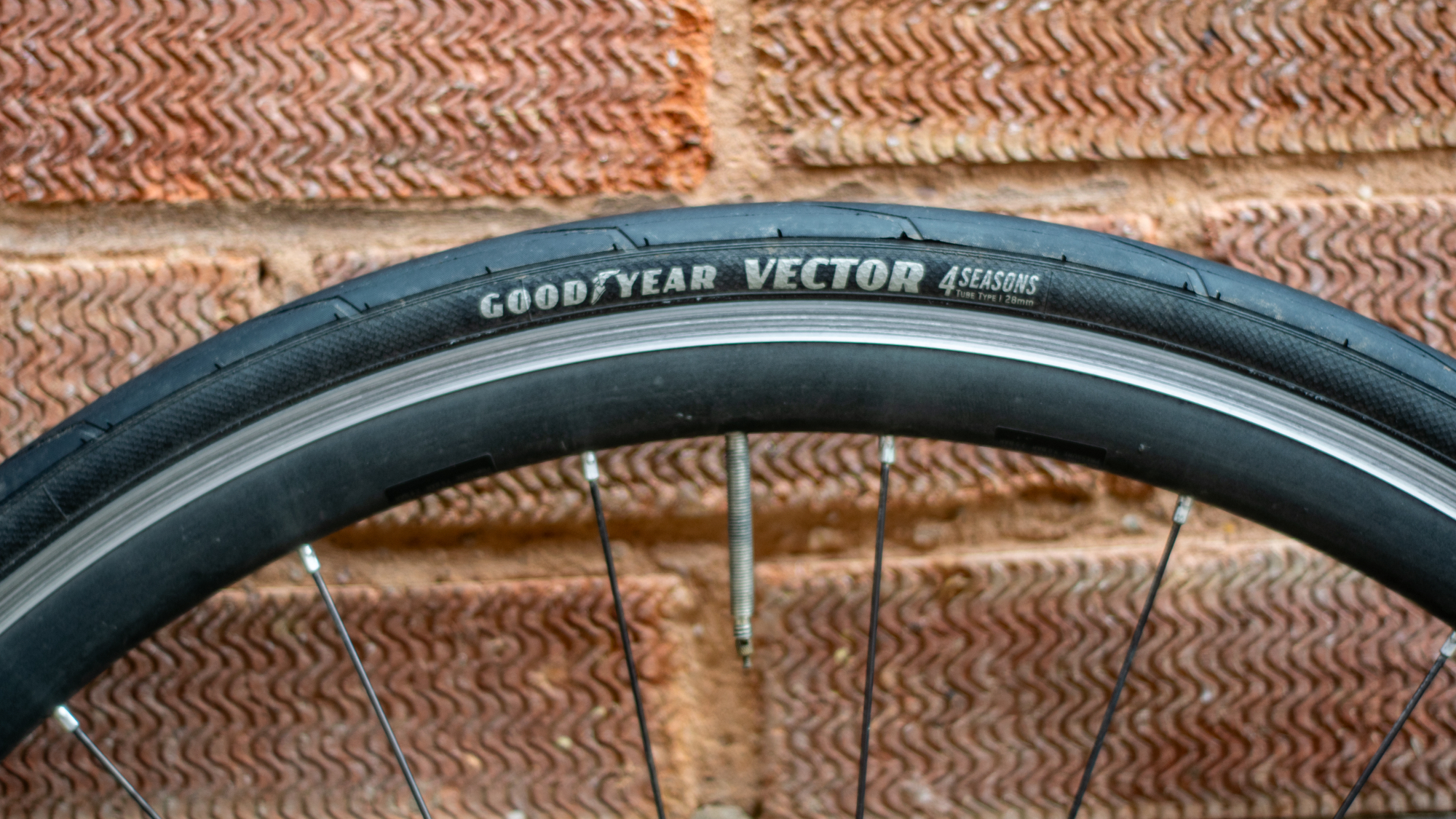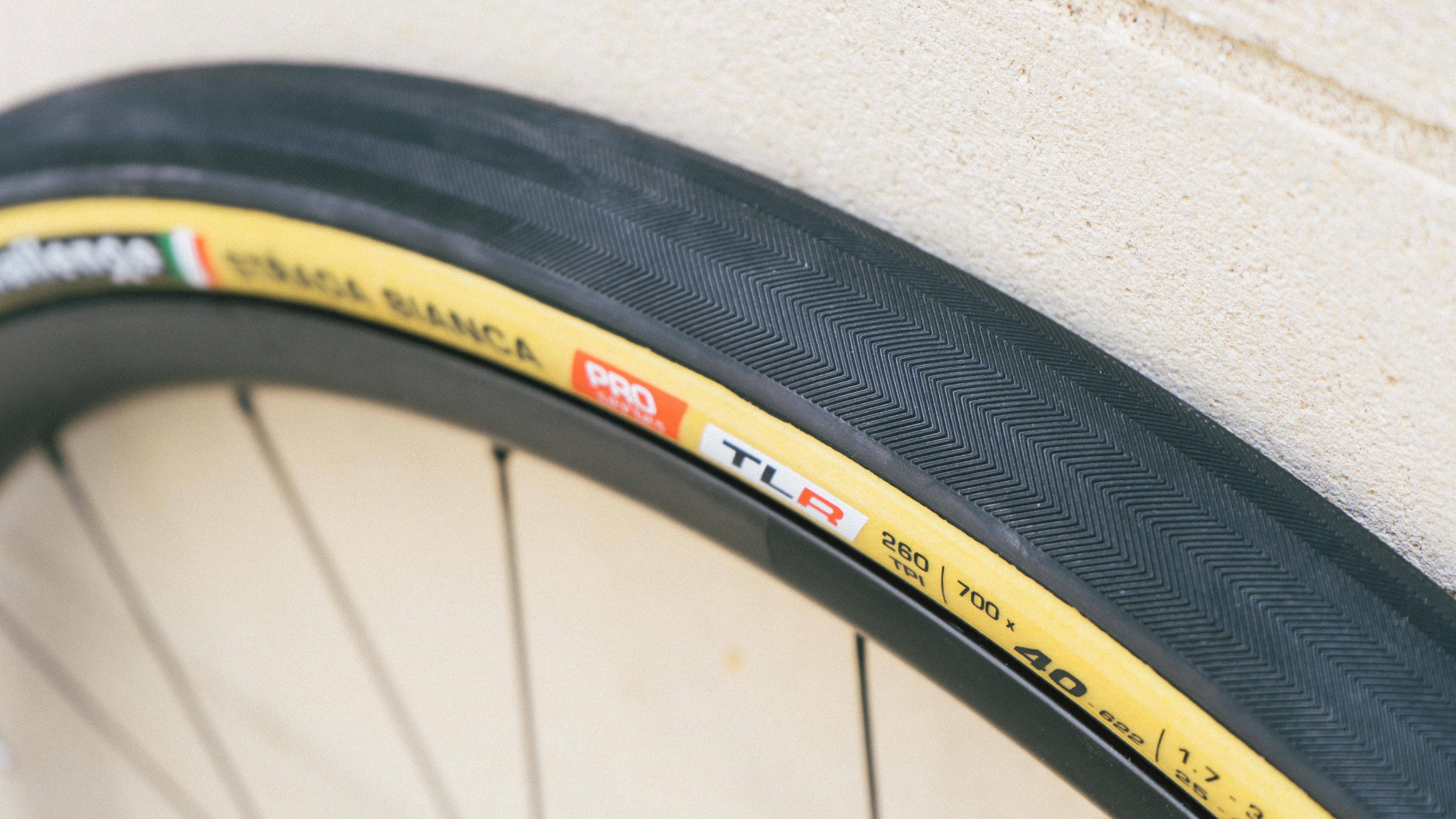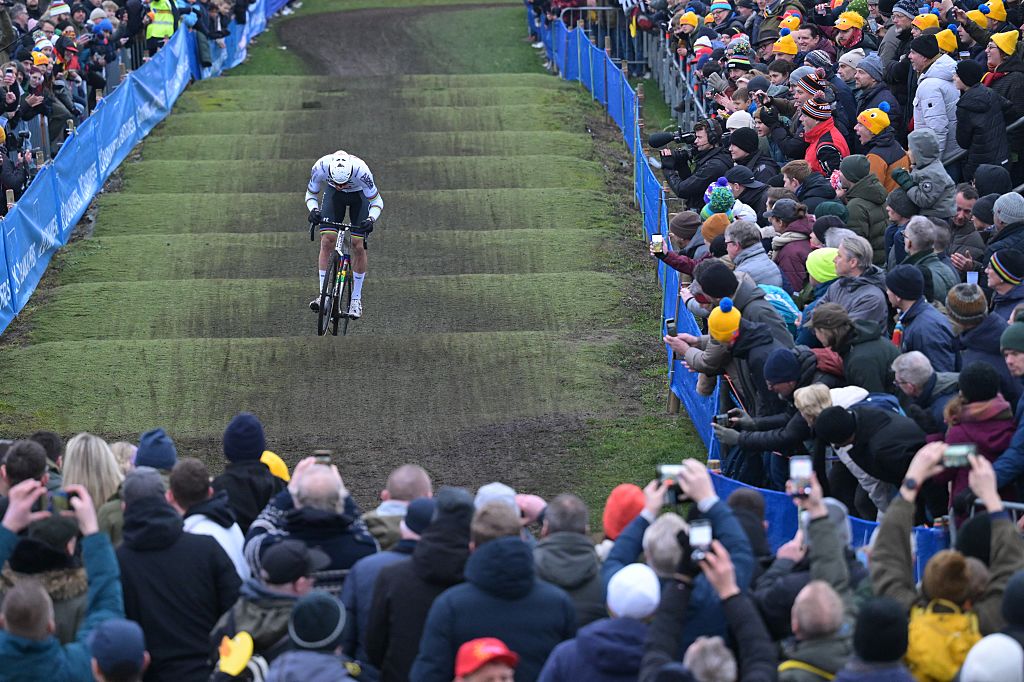Best winter road bike tyres 2025: Hard-wearing, puncture-resistant tyres to get you through the winter
The best winter road bike tyres will provide durability and confidence during the poor winter weather
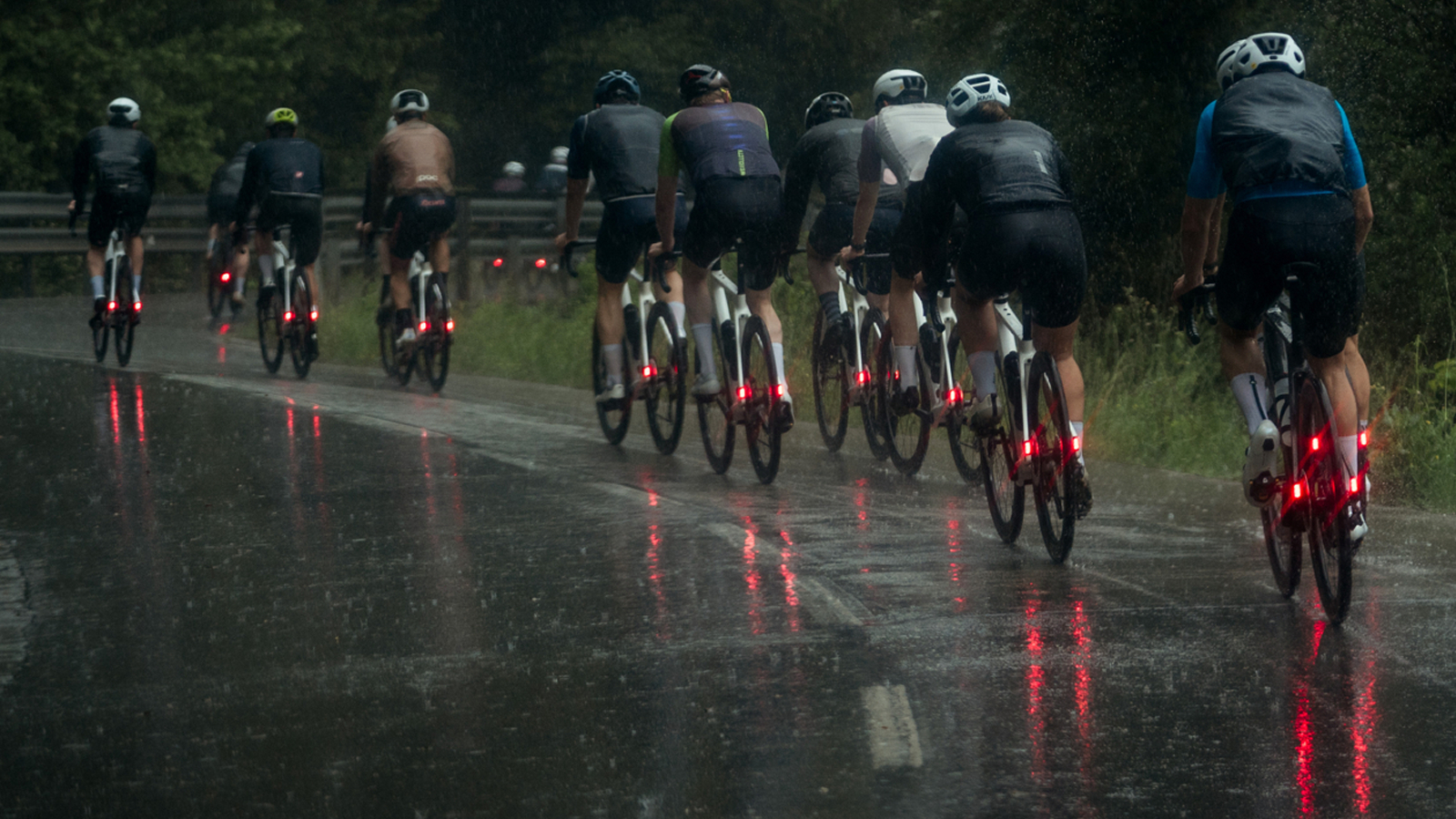
Fitting the best winter road bike tyres can make a big difference to your riding and winter training, especially as winter sets in and road conditions deteriorate in the Northern Hemisphere.
Winter conditions in different parts of the world can mean different things. For many of us, it may not necessarily mean ice and snow-covered roads for months on end, but it can often be constantly wet for long periods, and winter rains and freezing conditions can mean lots of debris is washed into the roads. Sub-zero temperatures can cause water to freeze and crack, damaging road surfaces continually. All of this means your tyres - your sole point of contact with the road - are tested a lot more. Debris-strewn roads and lanes can test the best road bike tyres and make mincemeat of lightweight race tyres, so swapping your lightweight tyres out for some more durable winter options is often a good move to make.
Winter cycling can often test us enough without burning cash and ruining a pair of lightweight road tyres every other weekend. Standing at the side of the road trying to remove a tight-fitting tyre from a mucky wheel with cold hands is something most of us would pass on when, given the chance, we'd much rather focus on the winter training. The best winter road bike tyres use more durable compounds and extra material. This is usually in addition to a more textured surface to improve grip in wet and cold conditions.
We have years of combined testing experience here at Cyclingnews and have put in the hard miles to test a range of tyres and find the best winter road bike tyres. Based on outdoor performance, plus its excellent scoring during our rolling resistance lab testing, our top pick is the Continental GP5000 AS TR.
Read on to find which ones we recommend you look for when choosing a winter road bike tyre. If you still need some help, head to the bottom of the page for some useful buying advice.
Quick list: Best winter road bike tyres
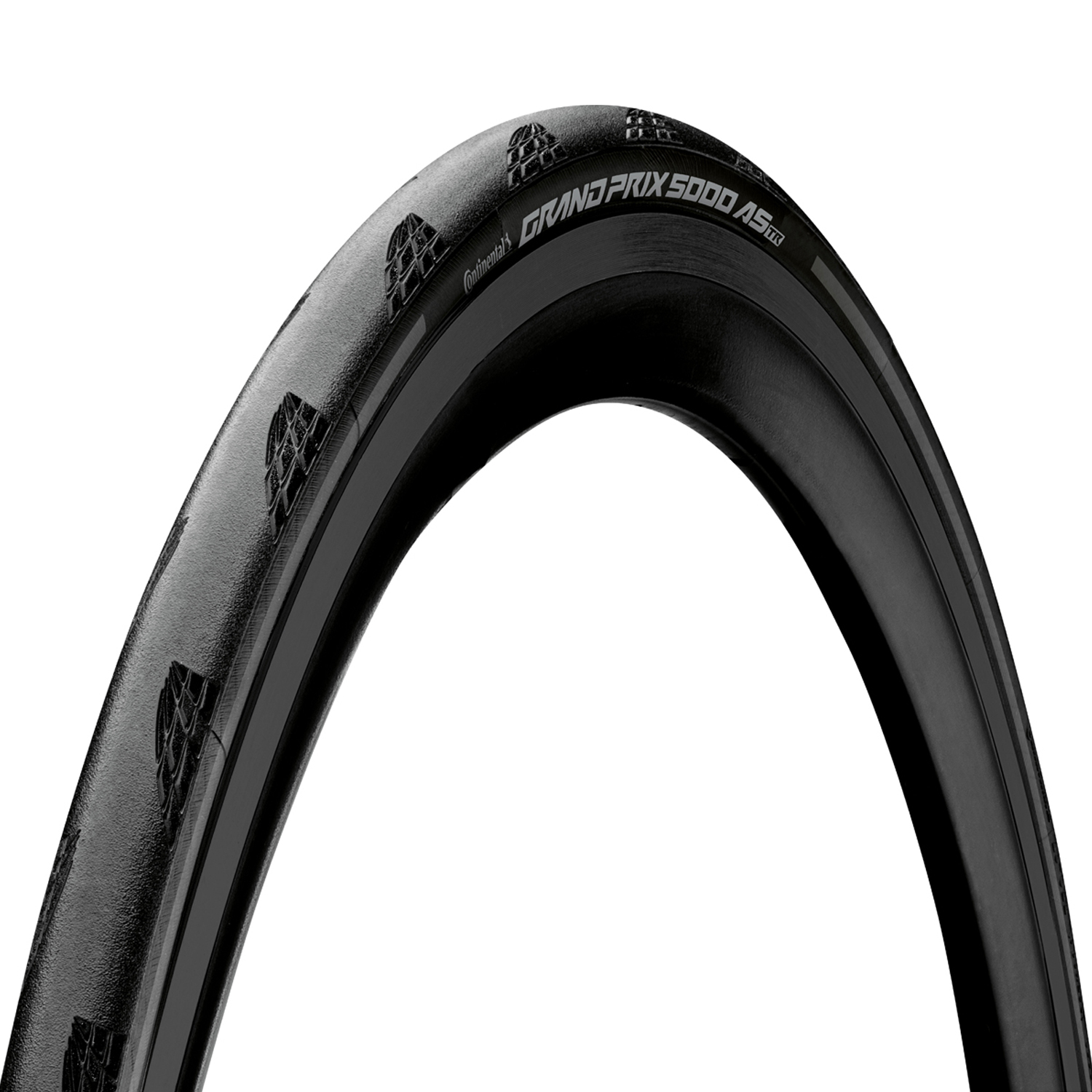
The Continental GP5000 AS TR is the all-season version of Continental's best road bike tyre and its all-round performance makes it our top pick for all winter riding
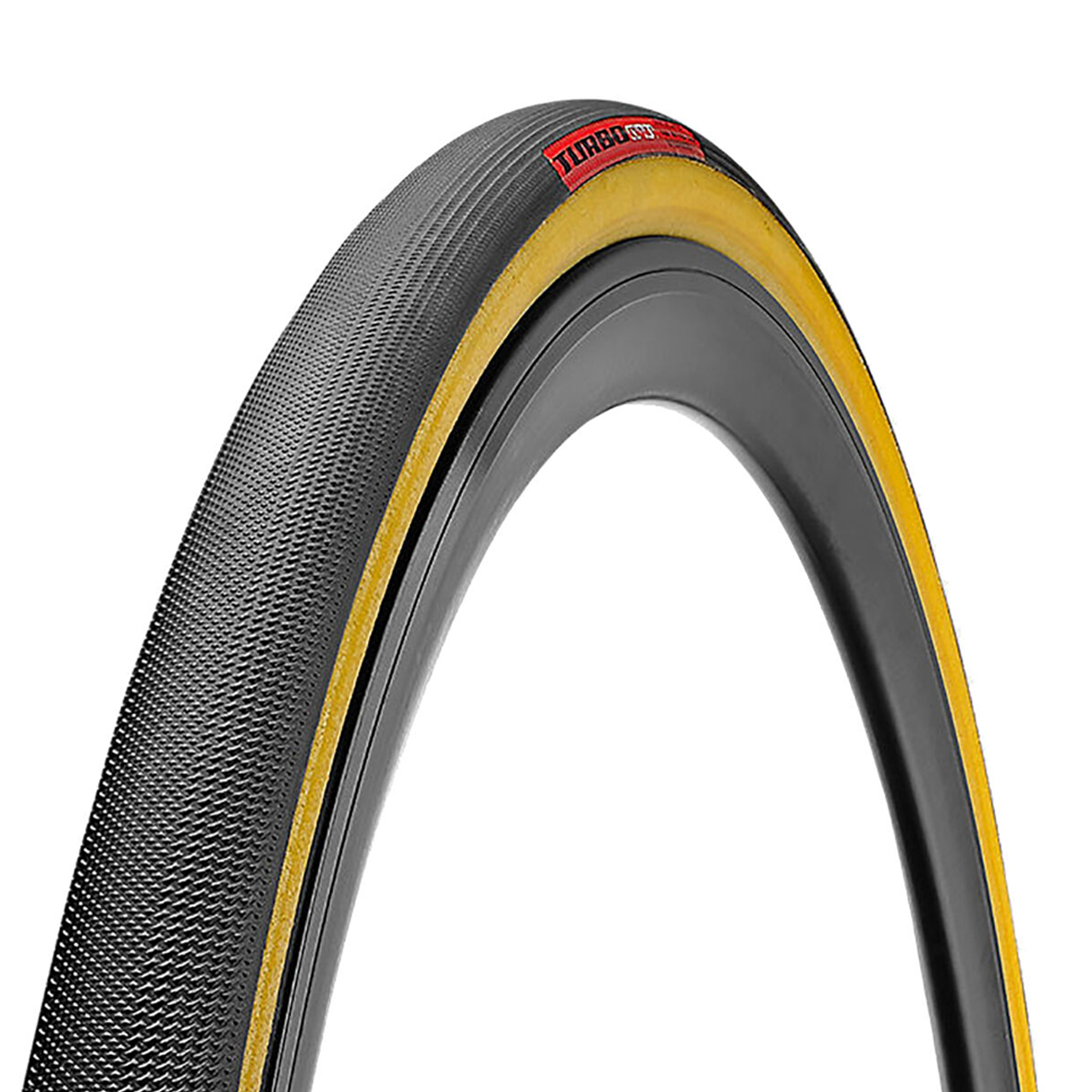
The Specialized Turbo Cotton Hell of the North was faster than our benchmark tyre in our rolling resistance tests, although some caveats may put some riders off.

Another cobble specialist from Specialized, the Mondo features a slick centre portion with a lightly filed tread shoulder section for grip in grim conditions.
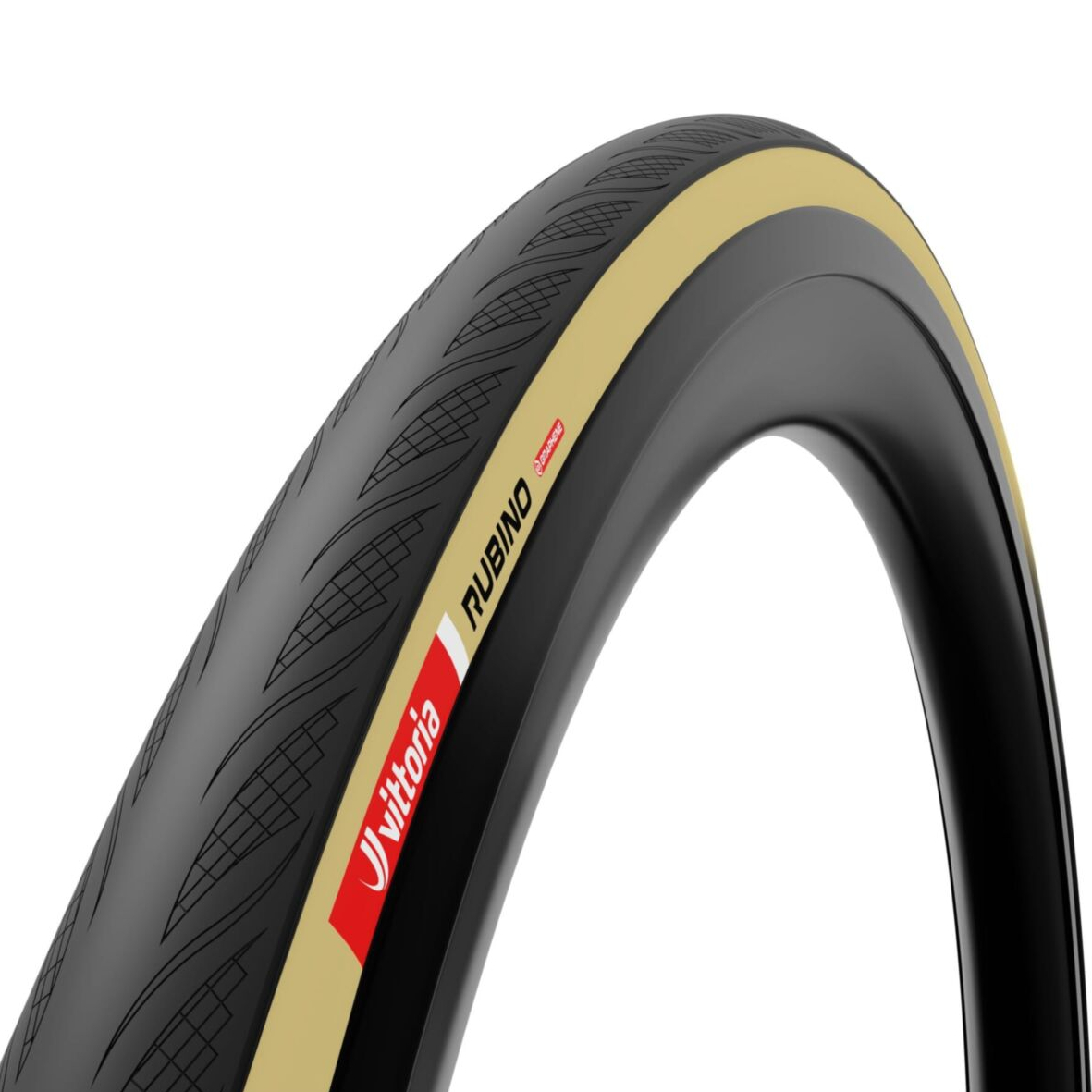
Impressive ride feel, grip and durability from an affordable tyre. If you are on a tight budget, this tyre won't disappoint.
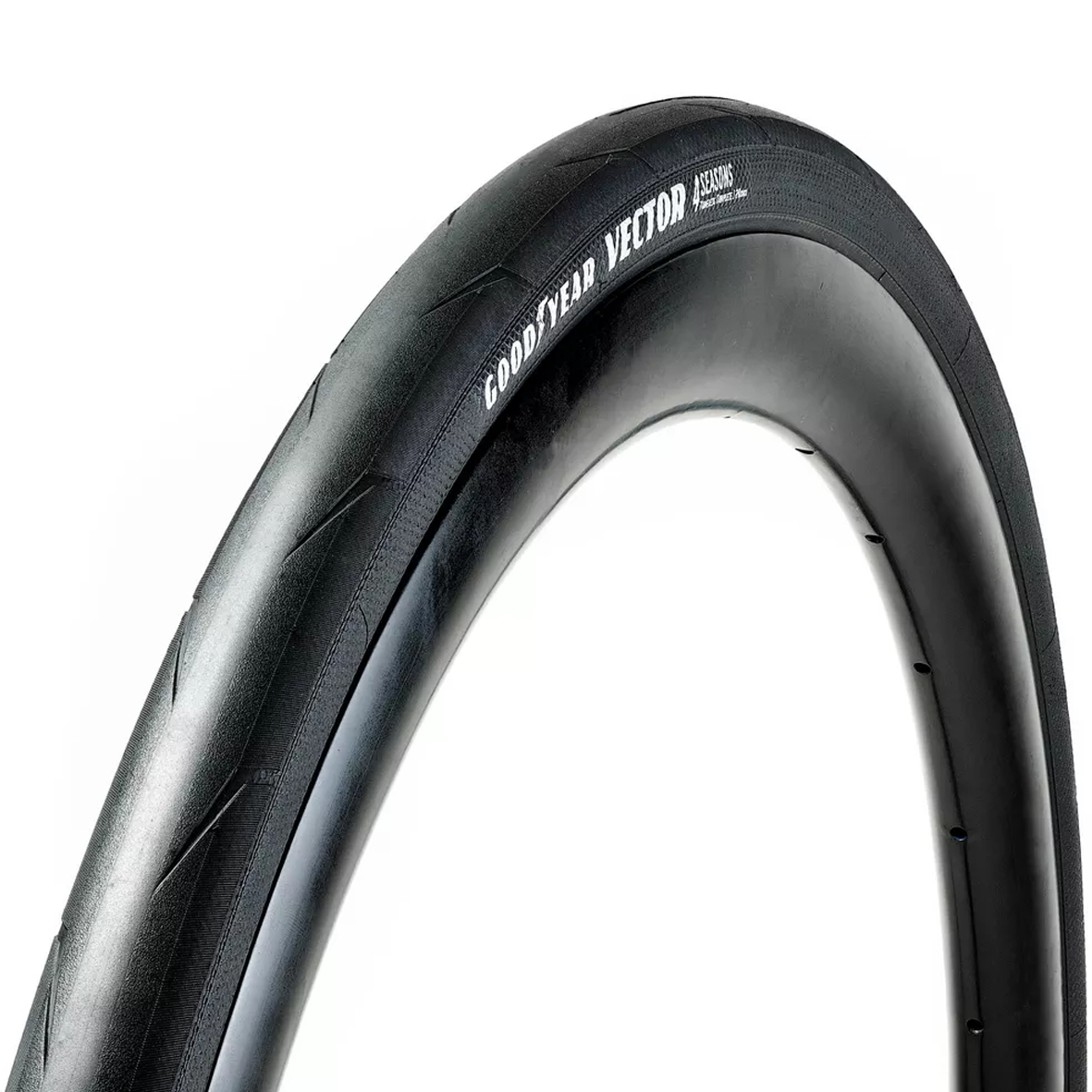
These are the tyres we would use for rough roads, as they are durable without feeling dead or sluggish.
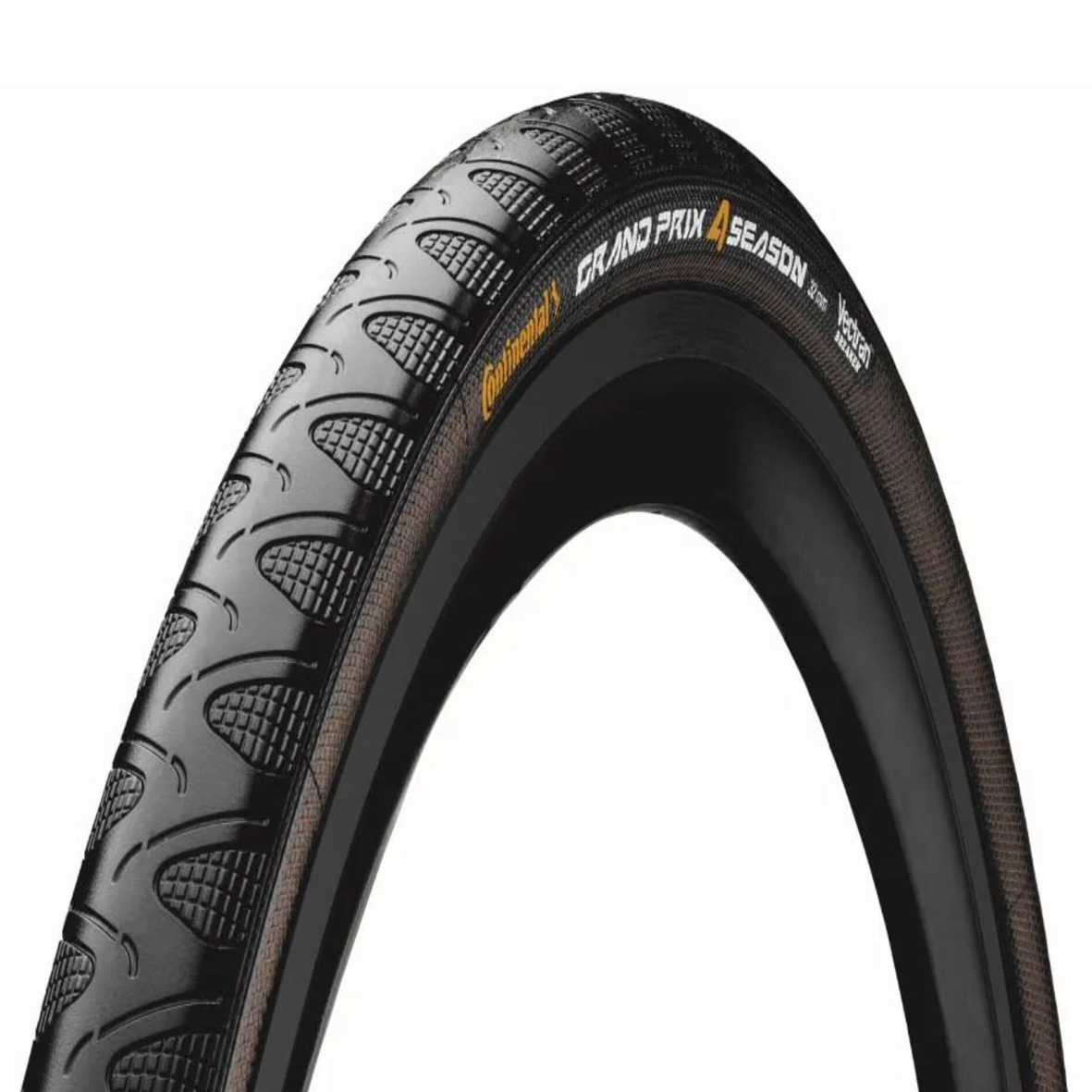
As puncture resistant as the Gatorskin Hardshell without the compromises to wet weather grip or rolling resistance.
Best winter road bike tyres
You can trust Cyclingnews
Best winter road bike tyre
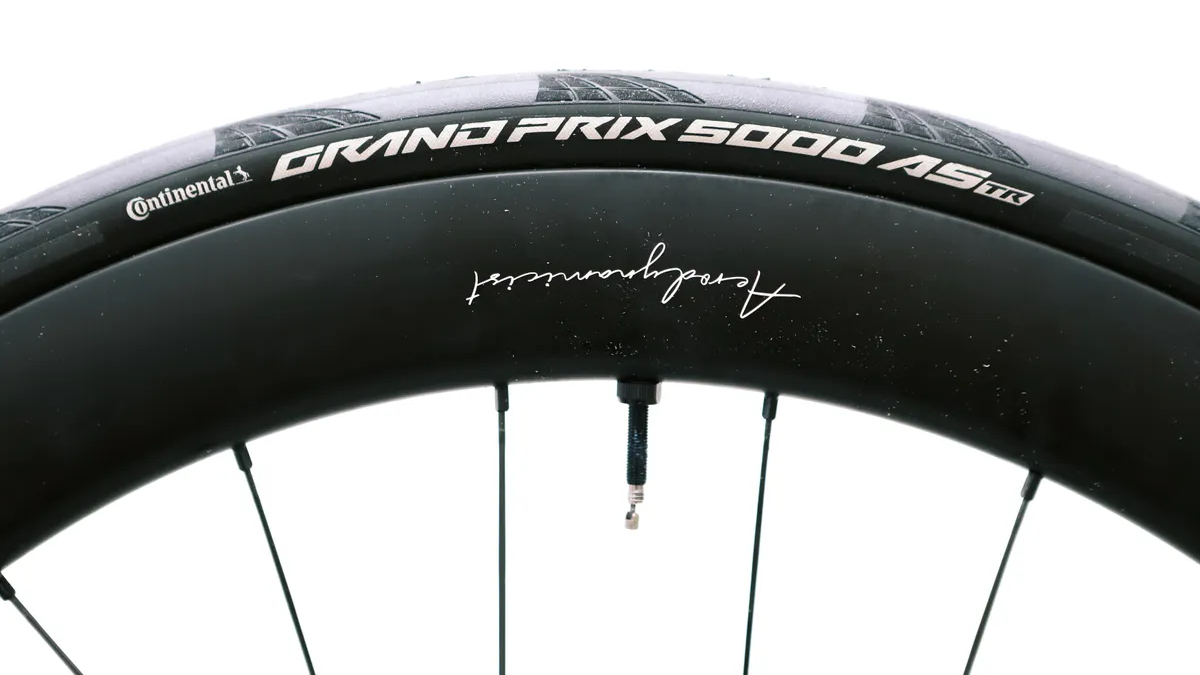
Specifications
Reasons to buy
Reasons to avoid
✅ You want speed without sacrificing durability: The GP5000 AS TR is only slightly slower than its summer counterpart, so you can maintain a good pace while having the peace of mind that its thicker tread and puncture protection will shrug off road debris.
✅ You want longevity and all-weather performance: The reformulated rubber and thicker tread mean this tyre is built to handle wet conditions, hedge trimmings, and glass shards. This durability also means you'll get more mileage out of them, so you won't be replacing your tyres as often, which is a big plus for winter riders.
❌ You want the absolute fastest tyre: Even though the GP5000 AS TR is fast, it's 3.3 watts slower than the standard summer version. If you're a racer or someone who prioritises marginal gains above all else, that small difference might be a dealbreaker.
The GP5000 AS TR blends the speed and performance of the standard GP5000 but comes prepared to take on all seasons. That means reformulated Black Chilli rubber for improved grip in the wet, thicker tread and more puncture protection.
In our lab test, the Continental GP5000 AS TR was only 3.3 watts slower than its summer counterpart. That means that despite its all-weather capabilities, you don't need to sacrifice rolling speed.
When we ventured outside for real-world testing, we subjected the tyres to the muddy lanes, hedge trimmings, and various glass shards and debris at the side of busy roads that you would expect could cause a ride-ending puncture. Continental's Vectran Breaker puncture protection layer, four-ply sidewall and thicker tread shrugged it all off, and after several hundred kilometres remained puncture-free. The thicker tread will also offer greater mileage too, so if you are racking up the winter rides you won't need to replace tyres as often.
Like the GP5000 S, these are hookless compatible and are available in widths from 25c all the way to 35c, which should cover everybody's needs. Although bike tyre clearance will dictate the size you can run, we recommend getting the largest size you can to get the most from them.
Read our in-depth review of the GP5000 AS TR here.
Fastest winter road tyre
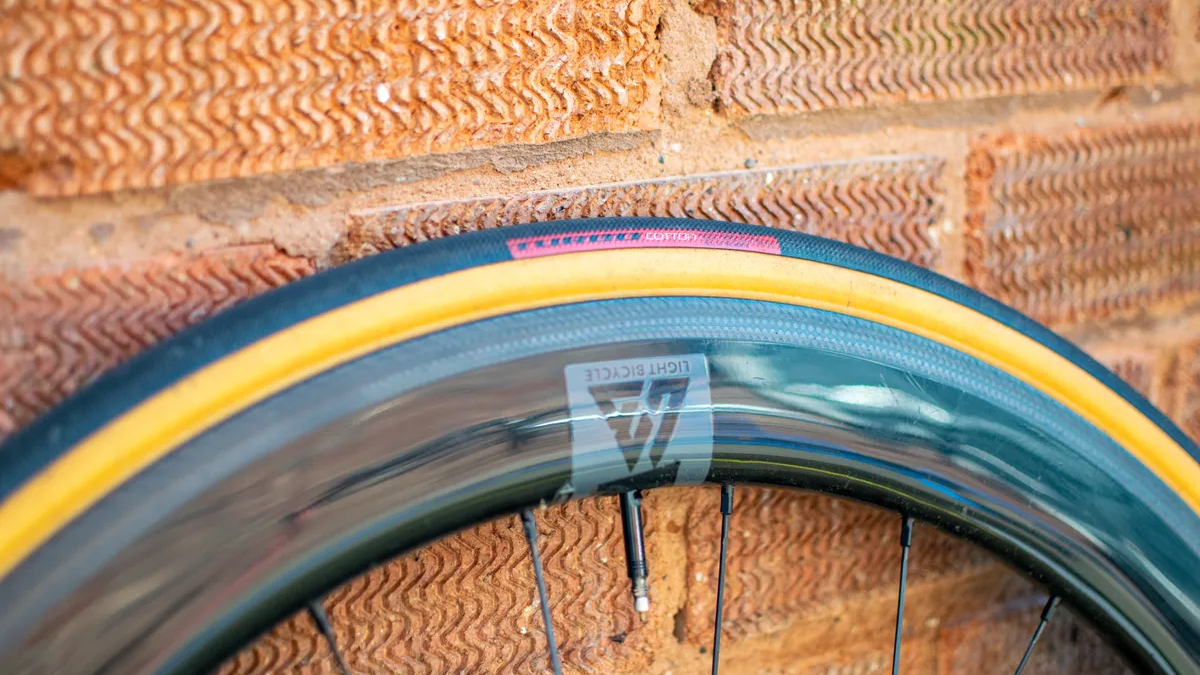
Specifications
Reasons to buy
Reasons to avoid
✅ You want year-round performance: This tyre performs well in all seasons and, based on our lab testing, is just as fast as many summer race tyres.
✅ You want a lightweight tyre: Specialized's Turbo Cotton Hell of the North weighs in at just 280g for a 28mm tyre.
❌ You want tubeless tyres: These are not compatible with tubeless setups or hookless rims, which might be a dealbreaker. You also need to fit latex tubes for the best performance.
❌ You want all-out winter protection: While it performs well in many conditions, it's not the best choice for extreme weather like ice, snow, or roads with many thorns and debris.
The Specialized Turbo Cotton Hell of the North might not be marketed as an all-weather winter tyre, but its good levels of grip, supple casing, and quality construction make for a tyre that is capable of performing year-round.
In our rolling resistance test, it came in a very impressive 6th place at 9m/s and was only 1.1 watts slower than our Continental GP5000S TR benchmark. The result puts them above the GP5000 AS TR we chose as our overall best winter tyre, as well as being faster than many summer race tyres.
The cobble credentials demand some decent puncture protection, which comes courtesy of Specialized's Blackbelt technology, and the Gripton compound has an extremely low rolling resistance.
While the performance is proven, it comes with some caveats. The Turbo Cottons aren't compatible with tubeless and need to be run with latex tubes to get the best rolling resistance. They also aren't compatible with hookless rims, which may limit compatibility for some riders. Alternatively, the new Specialized S-Works Turbo TLR is tubeless/hookless compatible, despite impressing us with its performance on the road, it tested slower in our rolling resistance lab test.
Of course, if snow, ice or thorny back roads are a common occurrence, then there are tyres with better winter-protective capabilities, and if we are being honest, this wouldn't be our first choice for cobbled rides either. However, if your winter riding is predominantly spent on cleaner, unfrozen surfaces or your club run or riding group tends to be a bit of an arms race where speed is still required, then the Turbo Cotton Hell of the North is a fantastic choice.
Best for wet-weather grip
3. Specialized S-Works Mondo
Specifications
✅ You want a tyre that performs in all conditions: The S-Works Mondo has Specialized's dual-compound T2 and T5 Gripton rubber, which provides great grip even in wet conditions. You also get wider widths for better comfort and traction.
✅ You want an endurance-focused tyre: The Mondo is built for durability and comfort over long rides, making it a good choice if your priority is a reliable, all-day tyre rather than a super-fast race tyre
❌ You want the fastest tyre possible: While the S-Works Mondo is still very efficient, the Mondo demands slightly more wattage, so it may not be your top choice if pure speed is your main priority.
Specialized designed the Turbo Cotton Hell of the North for its race namesake, the Paris-Roubaix. Although it's a fast tyre, it wouldn't be our first choice for the cobbles due to a few limiting factors. For a start, the Turbo Cotton isn't tubeless compatible, so you will be at more risk of punctures interrupting your ride. It also only comes in a 28mm width, which feels a little narrow these days, especially for a winter tyre. Finally, these tyres aren't hookless compatible, so if you have hookless rims, you will need to look for an alternative.
Enter the S-Works Mondo, which is another cobble specialist tyre from Specialized. While it doesn't roll as fast as the Turbo Cotton, they're tubeless and hookless compatible and most notably come in wider widths for added grip and comfort. Switching to a wider tyre adds volume, increasing the contact patch and allowing lower pressures, which allows the tyre to absorb vibrations more effectively. Specialized offers the Mondo in sizes up to 35c, assuming you have the clearance.
It's not only the Mondo's larger widths that enhance the grip. Specializeds T2 (centre) and T5 (sidewall) Gripton dual compound performs very well in wet conditions. They still roll reasonably well too, especially when you consider that these are pitched as a proper endurance tyre, demanding only 1.2 watts more than the Specialized S-Works Turbo performance road tyre.
Best budget winter tyre
Specifications
Reasons to buy
Reasons to avoid
✅ You want a comfortable ride without breaking the bank: This tyre's ability to absorb road buzz makes for a smoother ride, and since it's a budget-friendly option, you get this comfort without the high cost of premium tyres.
✅ You want to ride with confidence in bad weather: The Vittoria Rubino V impressed us with its reliable grip and durability.
❌ You want a tyre specifically designed for winter: While the Rubino V works well for winter riding, it's not a purpose-built winter tyre, so it might not offer the same level of protection as a more specialised option.
Most brands offer all-season versions of their premium performance tyres, but they rarely offer the same for their budget options. Vittoria's Rubino V isn't a tyre that's specifically designed for poor conditions, we think it's the best budget road tyre for winter riding.
The levels of grip impressed us across a range of conditions, providing reliable cornering performance and the weight is competitive with similarly priced tyres. Where they stand out is their durability, with the bead shield and anti-puncture belt dealing with broken tarmac and general road crud effectively, fending off cuts, nicks or puncturing during testing.
This doesn't come at the cost of comfort either, the Rubino V's absorb road buzz well, making them a comfortable choice for winter mile munching. They also come in 26c to 32c sizes, so you can spec larger tyre sizes if your frame can fit them.
Check out our Vittoria Rubino V review for more details.
Best for rough roads
5. GoodYear Vector 4 Season
Specifications
Reasons to buy
✅ You want puncture protection and durability: Having used these tyres for a whole winter and on the famous cobblestones of Roubaix without a single puncture. The bead-to-bead Armour and under-tread breaker belt really do their job, so you can ride with confidence and not worry about getting stranded.
✅ You want a lively ride feel: Unlike some other winter tyres that can feel sluggish and dead, these still feel zippy and fast. You get the benefit of a tough, durable tyre without sacrificing that quick, responsive feel, which is a big plus on daily commutes or longer rides.
❌ You want to go really wide: The range of sizes, from 25mm to 32mm, is pretty good for most riders, but if you're looking for something wider for even more comfort and grip, you'll have to look elsewhere.
The GoodYear Vector 4 Seasons tyre is, as the name suggests, a tyre for all seasons, but for me it makes a fantastic, dependable winter tyre.
I have used these tyres for an entire winter of riding in the UK, and to ride the Roubaix Challenge on the infamous cobblestones of northern France. In all that time, I haven't picked up a single puncture, which, whilst sometimes being down to the luck of the draw, is a very good omen.
The Vector 4 Seasons is available in a nice range of sizes, from 25-32mm in its tube type form, and the same sizes again in a tubeless ready version, meaning it should hopefully please the majority of riders, unless you want to go even wider.
The tyres have a 120TPI (threads per inch) casing, and feature bead-to-bead GoodYear Armour puncture protection, along with an under-tread breaker belt for extra protection and GoodYear's Dynamic: Silica4 compound for improved wet weather grip.
The Vector's sidewalls are tough and durable, something I really valued when riding in Roubaix to protect them from sidewall cuts and tears. If you are commuting or riding in poor conditions, they will stand you in good stead. The other thing I value about them is their quality, zippy ride feeling. They don't feel completely dead and sluggish like some winter-specific tyres to me, which I really value. Wet weather grip on slick winter streets and roads is good, and I like the aesthetics.
If you want some quality road tyres that are tougher and more durable than racier models like the Continental GP5000, my personal favourite, but that importantly still feel fairly quick, take a look at these.
Best for puncture protection
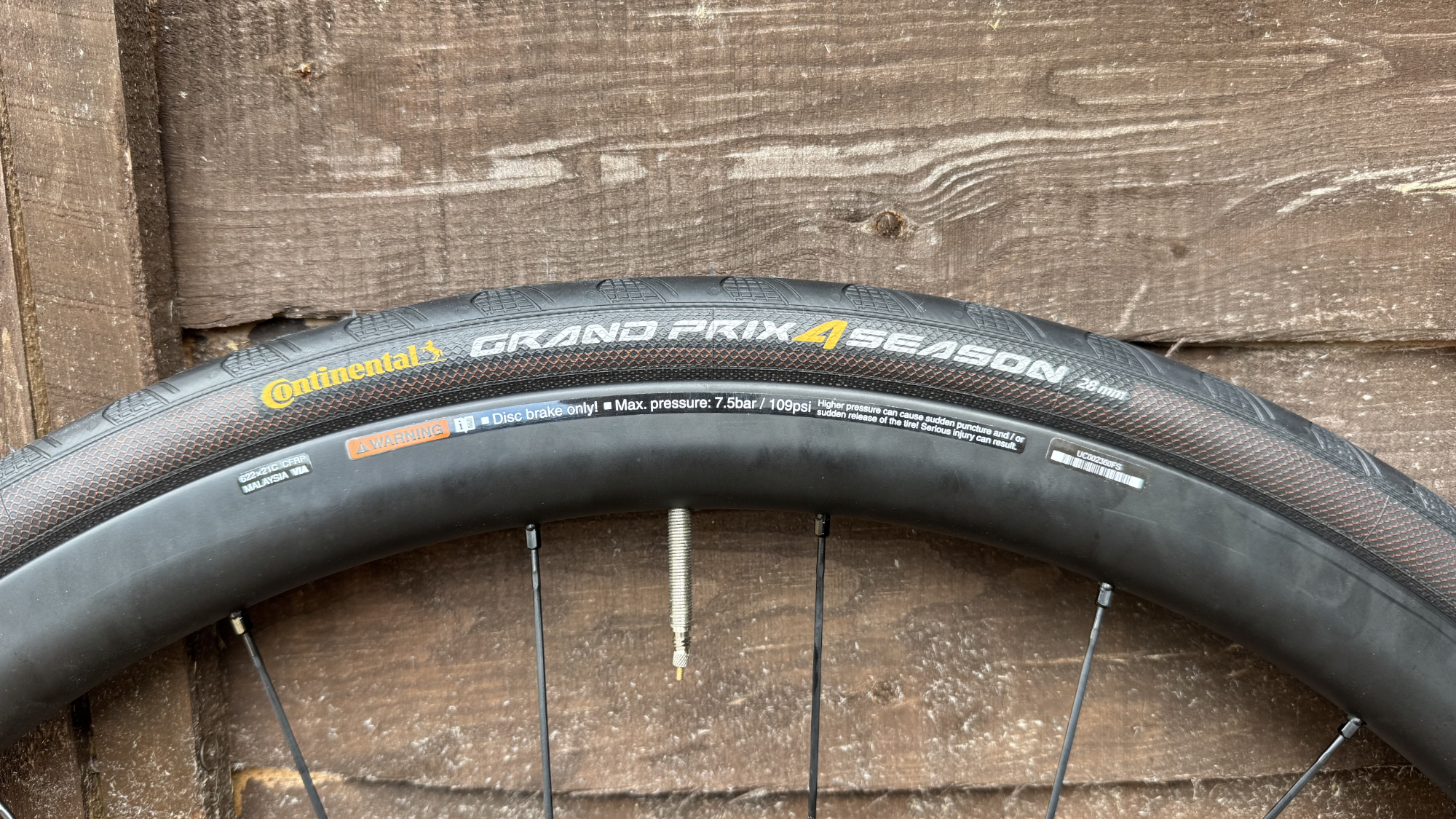
Specifications
Reasons to buy
Reasons to avoid
✅ You want great puncture protection: With a double-layer puncture protection belt and durable sidewalls, these tyres are built to withstand sharp debris and rough roads.
✅ You want reliable grip in any weather: The Max Grip Silica compound provides great traction, even when the weather isn't cooperating.
❌ You want a tubeless setup: These tyres aren't compatible with tubeless or hookless rims, which can feel a bit dated. If you're looking for the benefits of a tubeless system, like fewer flats and the ability to run lower pressures, these might not be the right choice for you.
Falling somewhere in the middle of the generally bulletproof Gatorskin and the top-end GP5000, the Grand Prix 4 Season offers added puncture protection and durability without sacrificing too much in the realm of rolling resistance.
Available in sizes from 23c to 32c, the GP 4 Season sees a double-layer Vectran breaker to keep pointy road debris from meeting your tube and features the German brand's polyamide fibre DuraSkin sidewall to stave off cuts. We found the durability to be nearly identical to the ultra-tough Continental Gator Hardshell, while offering a considerably better road performance.
The GP 4 Seasons don't get the BlackChili treatment, instead, the tread is made from a relatively soft Max Grip Silica compound that grips well in the wet, is surprisingly supple and has proved to be surprisingly hard-wearing.
The one caveat is these aren't tubeless or hookless compatible, which leaves them feeling a bit dated. If you want to run tubeless, as well as shave off some rolling resistance, we recommend Continental's GP5000 AS TR instead.
To find out more, read our Continental Grand Prix 4 Seasons tyre review.
Best all-road tyre
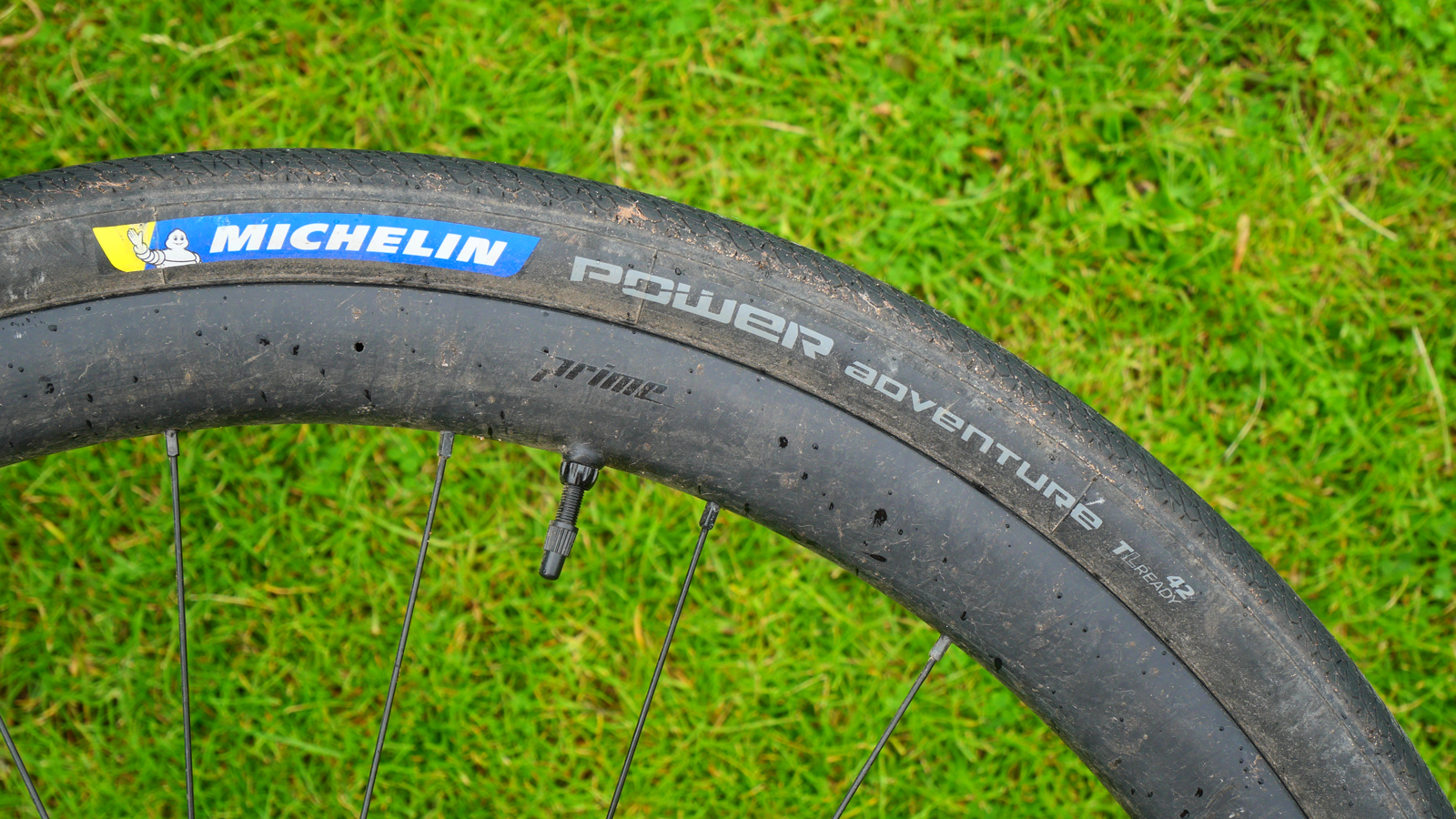
7. Michelin Power Adventure Competition Line
Specifications
Reasons to buy
Reasons to avoid
✅ You want versatility: This tyre is a great option if you like to switch things up. While it's technically a gravel tyre, its design makes it perfect for both wet road riding and light off-road excursions, letting you explore different routes without having to change your setup.
✅ You want grip and durability: The Michelin Power Adventure Competition Line provides excellent traction on wet roads, thanks to its Gum-X compound and treaded shoulders. It's also remarkably tough, with a high resistance to punctures and rim strikes. This means you can feel confident and secure, even in challenging conditions.
❌ You want maximum speed: If your priority is rolling as fast as possible, you may find that the Michelin Power Adventure Competition Line doesn't feel as quick as a dedicated performance road tyre. While it's not slow, it trades a little top-end speed for improved traction and toughness.
I can't resist the odd dirt detour on a road ride, and even in winter, I still find myself venturing down the odd off-road lane. To handle such excursions, I opt for the Michelin Power Adventure Competition Line when it comes to winter riding. Technically, it's a gravel tyre, but it has all the makings of a superb wet-weather all-road tyre.
The Michelin Power Adventure Competition Line excels on wet roads, the Gum-X compound delivers reliable grip on wet roads and the treaded shoulders bolster this further by aiding mechanical grip
They can't compete with a performance road tyre when it comes to rolling speed, but they don't feel slow, especially when traction is at a premium. Top-end speed isn't the be-all and end-all, especially in winter, and I am happy to sacrifice a little rolling resistance if it means I can escape the roads.
It's also exceedingly tough, I hit a square edge hard enough to write off a rim, yet this tyre remained undamaged. Puncture protection is decent too, and over the course of two winters and thousands of kilometres, I have only suffered a single puncture.
The slick profile means it's obviously not going to handle muddy gravel riding and I did experience some rim strikes when running these at lower pressures. However, neither of these factors is much of a concern for all-road or light gravel riding where I typically run slightly higher pressures anyway.
Best for ride feel
Specifications
Reasons to buy
Reasons to avoid
✅ You want an incredible ride feel: The cotton casing and file tread make them feel like you're floating on a cloud, which is perfect if you value comfort and speed on your rides.
✅ You want a timeless aesthetic: With their classic golden yellow sidewalls, these tyres will make your bike look as good as it feels, a great choice if you appreciate a classic look.
❌ You want easy fitting: These tyres are notoriously difficult to install and set up tubeless, which could be frustrating.
❌ You want reliable durability: The delicate construction that gives the amazing ride quality also means they're prone to damage from sharp objects, so you need to ride with a little more caution.
If you want the ultimate in ride feel, then the Challenge Strada Bianca has to be top of your list. With a cotton casing and all-over file tread, they are absurdly supple and extremely fast. The sensation is similar to riding on a cloud, and the file tread remains grippy over broken, wet tarmac and in colder weather brilliantly. They're also almost silent, which is always a plus, and they're absolutely classic in terms of aesthetics with a golden yellow sidewall.
All of this does come at the expense of durability, though. You'd be wise to set these up tubeless to avoid any small sharp ruining your ride, but be warned; they're notoriously hard to fit and seal, with the sidewalls remaining somewhat porous even with a full load of sealant. For some, though, on the right bike, it's absolutely worth the effort.
How to choose the best winter road bike tyres
Do I need winter road bike tyres?
This really depends on your winter road conditions. If you live somewhere with a mild dry winter, you may be able to ride summer tyres year-round. Harsher winter conditions, like the ones I experience in Scotland, will carve out potholes and wash debris onto the road, so a more durable tyre is needed.
How much puncture protection do I need?
For general winter riding, all the all-season road tyres we have recommended in this guide should perform well. If you're local roads are particularly rough, then opting for a slick gravel tyre may be a better option. If your winter riding includes regular commuting and city riding, then picking a tyre with a thicker puncture-proof layer under the tread to protect against sharp objects.
Should I choose tubeless winter tyres?
Winter tyres feature a little more puncture protection already, but if you do puncture, the best tubeless sealant will plug any small holes that can be caused by glass, rocks or thorns. It does require a little more upkeep, so if you aren't a regular winter rider, you may be better off sticking with tubes.
What size winter tyres should I choose?
We like to size up a little bit for winter, bigger tyres offer more grip in wet conditions, more comfort and generally fend off punctures from rough road surfaces better. Before you commit to a wider tyre, make sure your bike has enough clearance for the extra width.
Everything you need to know about the best winter road bike tyres
If you are planning on a lot of outdoor riding this winter, your estimated weekly mileage and local road conditions will dictate what winter tyres are right for you. If your mileage is high and you're heading out whatever the weather a tyre with a little more weight and puncture protection will be the way to go. If your riding is mainly short weekend blasts and you want to keep up on a faster club run or group ride then a slightly faster rolling tyre with some additional protection may be the way to go.
Can you put winter tyres on a road bike?
Absolutely, and it's highly recommended if you're planning to ride through the colder seasons. During winter, there are more likely to be wet and icy surfaces to contend with, so throwing on a pair of the best winter road bike tyres will help you to remain upright and stable. The extra material and more durable compounds found in winter-specific tyres should help mean they stand up to better to cuts and slits from various road debris.
Of course, the width and tread of the tyres you get will depend largely on how much clearance you have on your frame, especially if you're also running mudguards. Check with your bike manufacturer to find out what the maximum tyre clearance is, and take off a few millimetres for mudguards.
What's the best compound for winter tyres?
Creating the best compound for a winter tyre is a balancing act between offering grip and durability. Hard compounds usually roll faster and wear harder but don't offer much in the way of grip. Soft compounds provide superior grip but wear out at the speed of light. Water also reduces the friction required to cut rubber, so riding around on wet roads during the winter will make your tyres more susceptible to sharp objects, regardless of the compound.
Why do you get more punctures in winter?
It's certainly true that puncture counts tend to go up over winter. Increased moisture, whether that's from rain, drizzle, snow or ice, acts as a natural lubricant that makes it much easier for sharp bits of debris to penetrate your tyres. There's also likely to be more debris lying around as a result of foul weather. That's why puncture protection is very important when choosing the best winter road bike tyres.
Luckily most tyres will have a sub-tread designed to stave off punctures. On the lower end of the price spectrum, this sub-tread will consist of an extra layer of rubber but as you move up in price the extra layer will be replaced by fabric-like Kevlar or Vectran to stop sharp objects before they can poke a hole.
Because tubeless tyres are filled with sealant, they will automatically seal most punctures before the tyre is completely deflated. Most of the time if you do get a puncture, you won't realise it until you get home and the rear of your bike is covered in sealant.
What's the best tread for winter road tyres?
Road tyres have various levels of tread, but regardless of the pattern, it's not likely to offer much - if any - additional traction. The additional texturing serves instead to allow movement in the tyre tread, upping the temperature and therefore making the rubber more grippy.
Car tyres have a square profile and need tread to displace water to prevent hydroplaning. Bike tyres have a round cross-section which is an ideal shape to prevent hydroplaning and the contact patch which looks a bit like a canoe is exceptional at displacing water. Plus to hydroplane a bike tyre you need to be riding at speeds unachievable with human legs.
Is it better to have wider tyres during winter?
The benefits of wide tyres have been well established; they are more comfortable and offer better grip and there have been plenty of independent tests showing they are faster up to a certain point too. How wide a tyre you can run will be determined by your bike's clearance, and also the width of your wheels' rims. Aim for the plumpest casing that will fit in your frame and still allow your wheels to properly support the sidewall.
The latest race content, interviews, features, reviews and expert buying guides, direct to your inbox!
Graham has been part of the Cyclingnews team since January 2020. He has mountain biking at his core and can mostly be found bikepacking around Scotland or exploring the steep trails around the Tweed Valley. Not afraid of a challenge, Graham has gained a reputation for riding fixed gear bikes both too far and often in inappropriate places.
